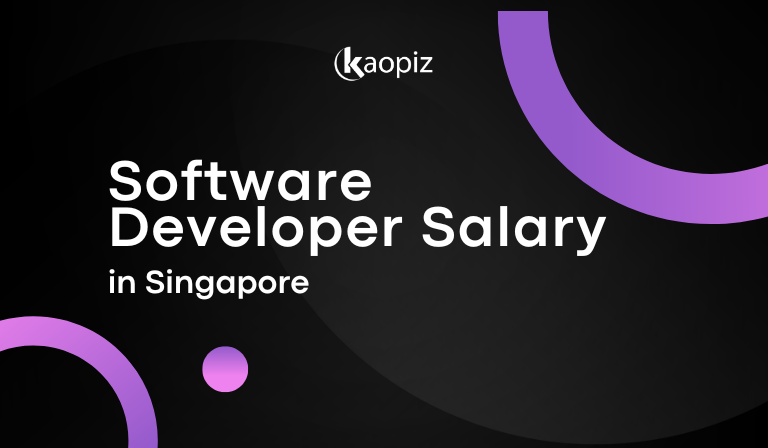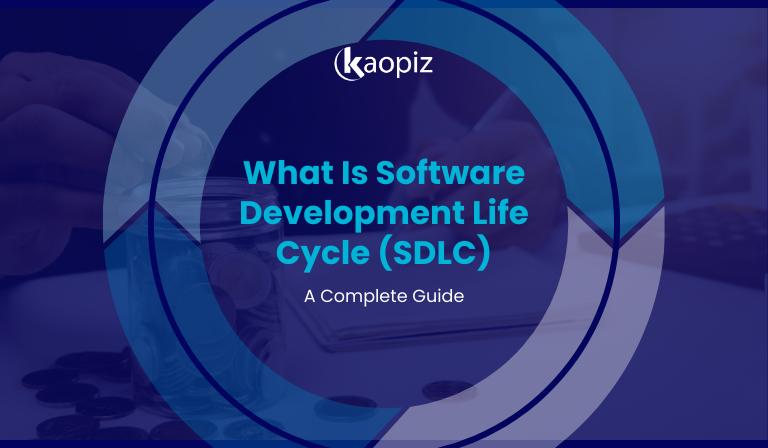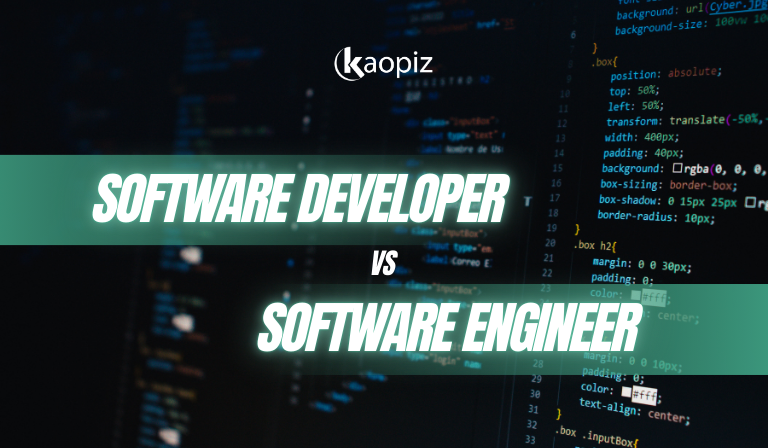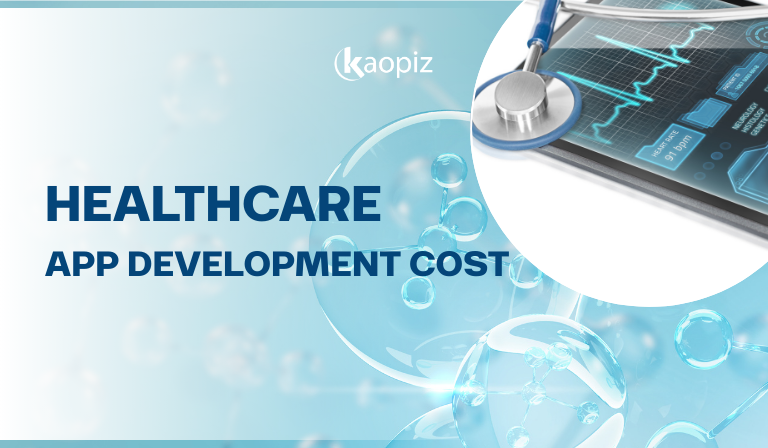Strategic Software Partnerships: A Competitive Advantage Guide
The software development industry is experiencing an unprecedented boom, with global spending on custom software development projected to reach new heights. Yet paradoxically, project failure rates remain stubbornly high, with studies showing that nearly 70% of software projects fail to meet their original objectives. The culprit isn’t always technical complexity or changing requirements—it’s often the fundamental mismatch between businesses and their chosen development partners.
The True Cost of Partnership Misalignment
When development partnerships fail, the financial impact extends far beyond the initial project budget. Consider the cascading effects: delayed time-to-market can cost businesses millions in lost revenue, particularly in competitive sectors like eCommerce where first-mover advantage is crucial. Poor code quality leads to technical debt that compounds over time, requiring expensive refactoring or complete system rebuilds. Perhaps most damaging is the opportunity cost—while competitors advance with robust digital solutions, businesses stuck with failed projects find themselves falling further behind.
At Kaopiz, we’ve been called in to rescue projects that went astray with other partners, and the pattern is remarkably consistent. The root cause isn’t usually technical incompetence—it’s misaligned expectations, poor communication protocols, and fundamental misunderstandings about business objectives. These partnerships fail because they were transactional rather than strategic from the outset.
The Anatomy of Successful Development Partnerships
Through our work across diverse industries—from transforming construction workflows through IoT integration to building scalable healthcare platforms that handle millions of patient records—we’ve identified what distinguishes transformative partnerships from merely functional ones.
Strategic Alignment Over Technical Prowess: The most successful partnerships begin with development teams that ask business questions, not just technical ones. When we engage with clients, our first conversations focus on understanding their competitive landscape, growth trajectory, and strategic objectives. Technical implementation becomes the means to achieve business ends, not the end itself.
Cultural Intelligence in Global Projects: In our experience serving clients across Singapore, Japan, Hong Kong, Australia, and Germany, we’ve learned that technical excellence must be paired with cultural fluency. A development partner that understands the nuances of German engineering standards will deliver different results than one that excels in the fast-paced startup environment of Singapore. This cultural dimension is often overlooked but critically important for project success.
Proactive Risk Management: Elite development partners don’t just respond to problems—they anticipate them. This means identifying potential integration challenges before they arise, suggesting alternative approaches when initial requirements seem problematic, and maintaining contingency plans for common failure scenarios.
Beyond the RFP: Advanced Evaluation Strategies
Traditional evaluation methods—reviewing portfolios, checking references, conducting technical interviews—capture only a fraction of what determines partnership success. More sophisticated evaluation approaches yield better outcomes.
Prototype-Based Evaluation: Instead of relying solely on past work examples, consider engaging potential partners for small prototype projects that mirror your core challenges. This reveals how they handle your specific domain complexity and whether their problem-solving approach aligns with your business culture.
Stakeholder Interaction Assessment: Observe how potential partners interact with different stakeholders within your organization. The best development teams adapt their communication style when presenting to C-suite executives versus technical teams, demonstrating the emotional intelligence necessary for complex, multi-stakeholder projects.
Post-Launch Support Philosophy: Evaluate how partners approach long-term relationships. Are they focused on project completion or ongoing success? This distinction becomes crucial as your business scales and evolves.
Leveraging Industry Intelligence for Better Decisions
Smart businesses don’t rely solely on vendor presentations and marketing materials. They leverage industry intelligence to make informed decisions. Platforms like TopDevelopers.co have emerged as valuable resources for this purpose, providing verified client reviews, detailed project case studies, and comparative analysis of development companies across different dimensions.

What makes TopDevelopers.co particularly valuable is its focus on outcome-based evaluation rather than just capability listing. The platform aggregates real client feedback about project results, communication effectiveness, and long-term partnership satisfaction. This data-driven approach helps businesses identify partners whose track record aligns with their specific needs and industry context.
For businesses operating in our core markets—Asia-Pacific and Europe—this type of regional intelligence becomes even more critical. Understanding which development partners excel in specific regulatory environments, cultural contexts, or industry verticals can significantly impact project success rates.
The Strategic Imperative of Technology Partnerships
The businesses that thrive in the next decade will be those that view technology development as a strategic capability rather than a cost center. This shift requires partnerships that extend beyond simple vendor relationships to strategic collaborations.
Consider the difference between a transactional approach—”build this feature according to these specifications”—and a strategic approach—”help us leverage technology to capture market share in this emerging segment.” The latter requires development partners who understand business strategy, market dynamics, and competitive positioning.
At Kaopiz, we’ve found that our most successful client relationships are those where we’re trusted not just to implement solutions but to challenge assumptions, suggest alternatives, and contribute to strategic planning. When a healthcare client wants to expand into telemedicine, we don’t just build the platform—we help them understand regulatory implications, competitive landscape, and scaling challenges.
Building for the Future: Scalability and Evolution
The rapid pace of technological change means that today’s cutting-edge solution may become tomorrow’s legacy system. Smart businesses choose development partners who build with this reality in mind.
Future-ready development partnerships incorporate several key elements: architectural decisions that anticipate scaling requirements, technology choices that balance current needs with future flexibility, and development practices that facilitate continuous evolution rather than periodic overhauls.
This long-term perspective is particularly important for businesses in our target sectors. A construction management platform that works for a 50-person company may buckle under the demands of a 500-person organization. An eCommerce solution that handles thousands of transactions daily may fail when traffic spikes to millions during peak periods.
The Competitive Advantage of Strategic Partnerships
In an era where digital transformation is table stakes rather than competitive advantage, the differentiator lies in execution speed and innovation capacity. Businesses that partner with development teams capable of rapid iteration, continuous improvement, and strategic innovation consistently outperform those that view technology as a necessary evil.
This competitive advantage compounds over time. While competitors struggle with technical debt and system limitations, businesses with strong development partnerships can quickly adapt to market changes, test new business models, and capitalize on emerging opportunities.
Conclusion: Investment in Partnership Quality
Choosing a development partner is one of the most consequential decisions a business can make in today’s digital economy. The difference between a mediocre partnership and an exceptional one often determines whether technology becomes a competitive advantage or a limiting factor.
The most successful businesses invest significant time and resources in partner selection, leveraging industry intelligence platforms like TopDevelopers.co, conducting thorough due diligence, and prioritizing strategic alignment over cost optimization. They recognize that the right partnership doesn’t just deliver software—it delivers business transformation.
At Kaopiz, we’ve built our reputation on being the kind of strategic partner that businesses seek: technically excellent, strategically minded, and committed to long-term success. Whether you’re evaluating us or other potential partners, remember that the goal isn’t just to build software—it’s to build competitive advantage through technology. Choose accordingly.




















